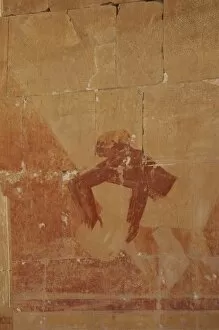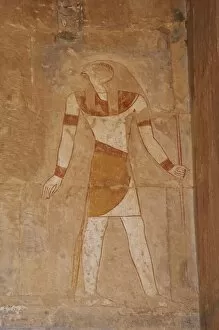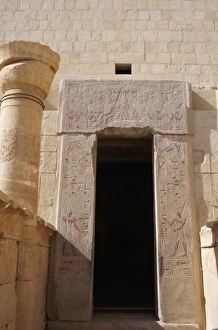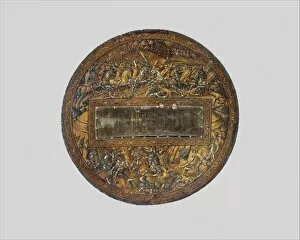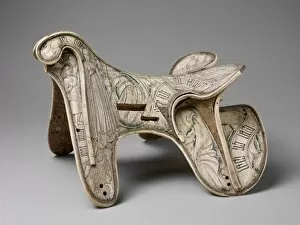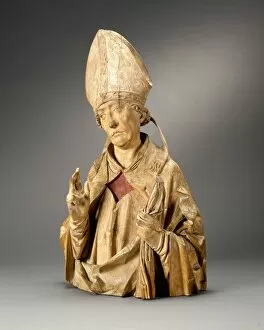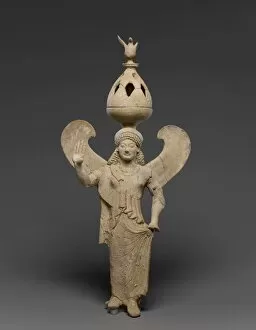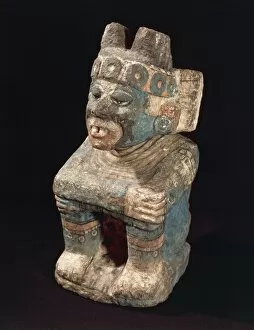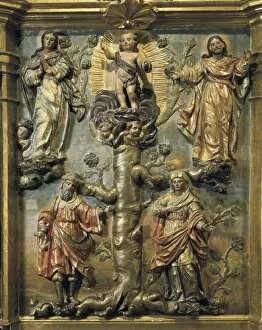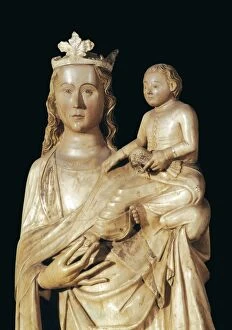Polychromy Collection (#7)
Polychromy, a technique of adding vibrant colors to sculptures and artworks, has been prevalent throughout history
For sale as Licensed Images
Choose your image, Select your licence and Download the media
Polychromy, a technique of adding vibrant colors to sculptures and artworks, has been prevalent throughout history. In Egyptian art, the Nefertiti bust stands as a remarkable example of polychromed limestone and stucco. Housed in the Neues Museum, this masterpiece showcases the intricate details achieved through this ancient method. Moving forward in time, we encounter the Temple of Ramses III. Here, the pharaoh himself is depicted wearing polychromed attire that brings life to his majestic figure. This temple serves as a testament to how color was used not only for aesthetic purposes but also to convey power and status. The Tomb of Kha introduces us to another fascinating artifact from 1400 BC Egypt – a polychromed vase. Its vivid hues transport us back in time, offering glimpses into the artistic preferences and techniques employed during that era. Stepping outside Egypt's borders, we find ourselves admiring Saint Barbara by Master of the Statues of Koudewat from around 1470. The delicate application of various pigments on her sculpture adds depth and realism to her portrayal. Fast-forwarding centuries later brings us Saint John of God sculpted by Agapit Vallmitjana i B in 1883. This Spanish artwork demonstrates how polychromy continued to be embraced even during more modern times. In Cantabria's town Limpias resides an awe-inspiring piece known as The Christ of Limpias from the 18th century. Through skillful use of colors on woodwork, this sculpture evokes strong emotions among its viewers. Returning once again to Egypt's rich heritage takes us to Deir el-Bahari where we discover The Land of Punt within Hatshepsut's temple complex. Polychrome reliefs adorn these walls with scenes depicting trade expeditions between ancient Egyptians and Puntites – showcasing their cultural exchange through vibrant hues.

